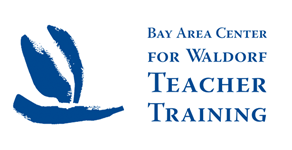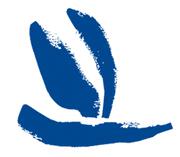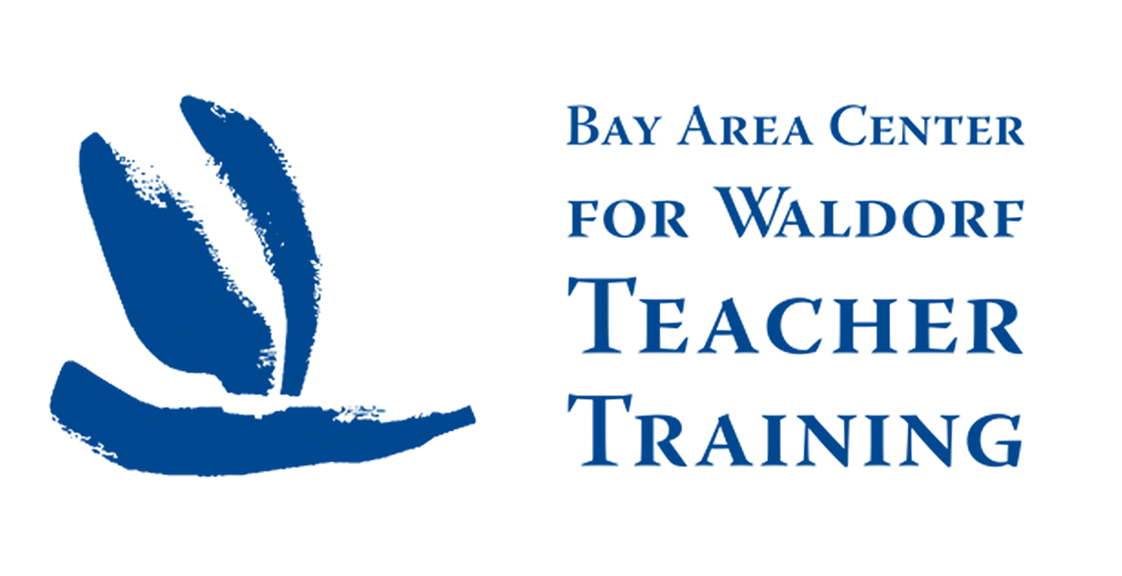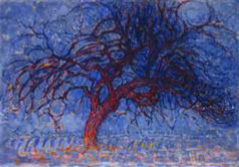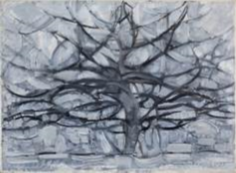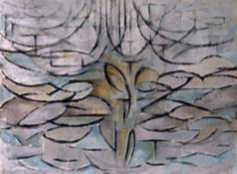Dear BACWTT Students, Alumni and Colleagues,
I hope you are safe and well. This email is a way to make up for the fact that we are not able to meet in person for our weekly Town Meeting.
As well as watching the news and worrying about how the pandemic is going to unfold, I hope you are able to notice how this “revised” way of living is affecting us. What is changing and shifting? Or to ask it in another way – what is dying away and what new things are trying to grow?
As we move through these weeks of isolation and restraint, can we, from a certain perspective, notice such things? Do we have the inner space for such reflections? Will we emerge from this time unchanged? Or will this be an opportunity to do things differently?
Here is the Calendar of the Soul for this week:
Verse 52
When from the soul’s deep ground
The spirit turns to the life of worlds
And beauty wells from the widths of space,
Then from the farthest heaven flows
Life’s strength into the human form
And weds in mighty working
The Spirit’s being to the life of man.
This is the last verse of the year, the Calendar of the Soul cycle ends and begins again at Easter. We can hear in this verse mighty expansive images of the heavens, of forces and of life flowing towards the human being and in the end of the verse a kind of invisible wedding takes place.
In Anthroposophical terms, these ideas are quite specific. The “form” of the human and the “life” of the human are quite distinct, and we can notice in the verse two types of flow:
Spirit Life into Human
Form and Spirit
Being into Human Life
To try to understand the content a little more, we can reorganize these thoughts so that they come in a different order:
Spirit Being into Human
Life and Spirit
Life into Human Form
In this way, we can notice a descending order – being to life, life to form. From the farthest heavens flowing down through the etheric right into the physical.
But, we may also want to be careful with the order in which Steiner arranges them. It might be important that the order indicates a process. The first part of the process involves spirit life working into the human form… so that… the spirit being can then work into the life of the human being.
In which case, it is important what comes first because it prepares for and enables the second part:
The form, that which is most physical is first worked upon – softened, enlivened, changed…
so that… the life of the human being can be available to receive something new from the realm of the spirit.
We can find something similar to this process in the life work of many modern artists, who felt the deep need to break out of the prison of the real world, the physical outer reality, to be able to allow the inner realities to speak. Here is a sequence of tree paintings by the Dutch artist Piet Mondrian:
In searching for the inner life of the tree, he discovers patterns and rhythms and, in the process, allows the outer form of the tree to dissolve. As the outer form dissolves, the painting passes through a “death of color” phase into the grays of the second painting. In the third step, we see new things he discovered – the beautiful arches, swoops and the “T” shapes of the forms, and the regeneration of new colors in the very delicate pale blues, pinks and yellows. The process changes between the second and third painting: it is not simply a matter of continuing to search and simplify – something new enters – a previously hidden inner reality is allowed to come forth.
As we navigate these times of change, and wonder what are the opportunities for re-educating the way we live, Nicole Grinsell, BACWTT Graduate (Class of 2014) and BACWTT Board member, has offered to share these thoughts:
“Following my time at BACWTT in a psychology training program, I spent every weekend with my cohort mates at a retreat center in Petaluma, studying inner work and community healing. These weekends were also filled with ritual and artistic work. Then the fires raged through Sonoma County, and classes were abruptly canceled, followed by an announcement that we would finish the remainder of our doctoral work online in Zoom meetings. The retreat center burned down. The image of our graduation ceremony, now within our reach as fourth-year students, was to be let go of. Particularly in spaces that are oriented toward an awareness of soul, the loss of place can be a devastating rupture.
The creative challenge in front of us, as advocates of Waldorf education, is to move with our love of Waldorf so that it can be a source of true service in social life, in development, in our own inner work. Though I feel disoriented by and concerned about our current global moment, when I think of the consciousness shifting on a global scale, I am excited about the Waldorf school movement more than ever. In speaking with fellow BACWTT board members recently, I recommended that we focus on continuing to move with what is both simple and deep in our work. How exactly, that manifests, is a question of artistry on the part of each Waldorf educator. It is a question of what is most alive for you, for your cohort, and for the students you may work with now or in the future. A return to what is most simple and nourishing feels like a necessary gesture to model for both the children and other grown-ups in our lives.
I am excited by what creativity will emerge as a result of this unprecedented time. For the next generation of Waldorf teachers, you could not have chosen a more crucial moment to reconnect with the essence of Waldorf education, as both a kind of planetary soul medi-cine and as a catalyst for your own awakening. On one hand, I see this time as an opportunity to reach for how we might be most innovative while, on the other hand, to rekindle what is most essential in our love for Steiner’s teachings. I am excited by the ways in which we can work together with flexibility in thinking about how we bring Waldorf as a kind of medicine in new ways – even in the digital realm.
Admittedly, I don’t read Steiner lectures with the regularity I once did when I was moving through the teacher training. Since the pandemic began, however, I’ve found myself climbing into bed each night with a different anthroposophical text. I think I am striving less for understanding or mastery, and more for the simple, but deep practice of going into sleep each night having taken in some archetypal pictures – some soul ‘food.’ It is my wish for you that you use this time as an opportunity to deepen your relationship to the creative impulse that sparked in you when you decided to show up for this training. My wish is that you stay in touch with each other about those impulses, and find new ways to constellate those together and shine light on the reach Waldorf might have in the world today.”
As we move through the year towards the festival of Easter, we can consider that which is dying away, that which wants to be renewed, and those things that will support us individually and as a Waldorf community, through the “gray” stage that must be gone through.
Ken
Kenneth Smith, Director; BACWTT
